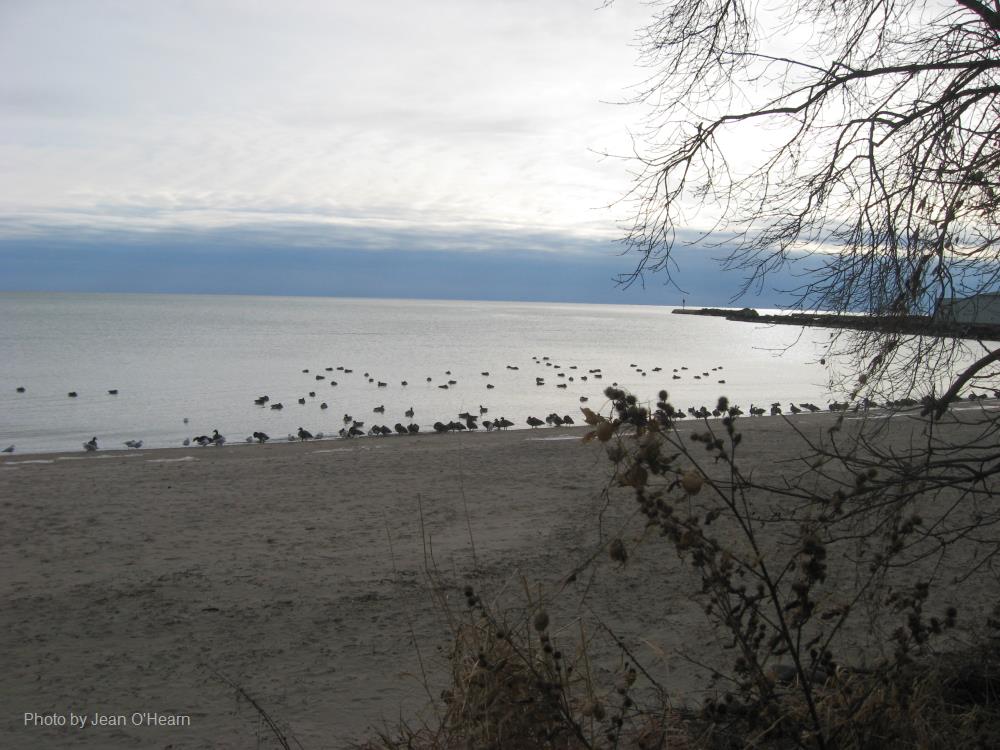
Related items loading ...
Section 1: Publication
Publication Type
Thesis
Authorship
Kurek, M. R.
Title
Molecular Composition and Physiographic Controls of Dissolved Organic Matter Across North American Lakes and Wetlands
Year
2023
Publication Outlet
Available from ProQuest Dissertations & Theses Global.
DOI
ISBN
ISSN
Citation
Kurek, M. R. (2023) Molecular Composition and Physiographic Controls of Dissolved Organic Matter Across North American Lakes and Wetlands, Available from ProQuest Dissertations & Theses Global.
Abstract
Inland aquatic systems such as lakes, rivers, and wetlands are pivotal in cycling carbon between the landscape and the atmosphere. However, as global air temperatures increase and precipitation patterns continue to change, their roles as net carbon sources or sinks will become uncertain. New carbon sources will become available to aquatic systems in regions such as the permafrost zone in the northern high latitudes or in temperate forested wetlands where increased precipitation connects waterbodies to upland catchments. In dryer regions, the water residence time of aquatic systems will increase, restricting the inputs of organic carbon from the surrounding landscape, but also amplifying its internal production and degradation. This dissertation aims to investigate the sources and molecular properties of dissolved organic matter (DOM) across northern high-latitude lakes and temperate North American wetlands and to consider its potential role in the carbon cycle as these regions continue to experience changes in temperature and precipitation. Using a combined approach of Fourier transform ion cyclotron resonance mass spectrometry (FT-ICR MS), optical and fluorescence spectroscopy, and mediated electrochemical oxidation and reduction, molecular-level DOM composition was revealed and related to large-scale climate and physiographic variables. Specifically, the goals of this dissertation were to characterize DOM in lakes spanning the Western North American Arctic with respect to differences in seasonality and climate (Chapter 2) as well as hydrology and landscape characteristics (Chapter 3). Using these findings, a quantitative relationship between molecular level-composition and bulk electrochemical DOM properties was also assessed (Chapter 4). Finally, DOM properties were surveyed across various wetland types across temperate North American regions and further examined between surface waters and porewaters as well as during different annual hydroperiods (Chapter 5). DOM composition and dissolved organic carbon (DOC) concentrations varied seasonally across Alaskan Tundra lakes. DOC concentrations were significantly higher in the winter months than in the summer due to ice exclusion concentrating solutes while DOM contained unique signatures indicative of extensive microbial processing. DOM properties also varied spatially in this region with shallower lakes and lakes closer to the northern coast generally containing more aromatic DOM. Expanding this study region further south across boreal ecosystems revealed that DOM aromaticity increased northward as forests transitioned into shrublands and permafrost xvii coverage became continuous. Many lakes across the Western North American Arctic were primarily composed of autochthonous, or internally produced, DOM rather than DOM originating from the landscape. These differences were mainly driven by landscape connectivity where more hydrologically isolated lakes had higher DOC concentrations but less terrestrial DOM than lakes that were hydrologically connected to the landscape. In contrast, DOM from the hydrologically connected lakes had greater electron accepting and donating capacity, likely originating from the surrounding continuous permafrost soils. Furthermore, DOM electrochemical properties correlated positively with bulk aromaticity and negatively with protein-like fluorescence and aliphaticity, allowing for the development of the Reducing Index which quantified DOM electrochemical properties using FT-ICR MS parameters. Finally, temperate North American wetlands had higher DOC concentrations and greater DOM aromaticity than other inland waters such as lakes and rivers. However, these compositional differences were primarily driven by geographical sampling region rather than sampling depth or hydroperiod and possibly related to soil content and vegetation. Using FT-ICR MS, 3,489 molecular formulae were found across all sites and persisted in both wet and dry hydroperiods, representing the signature of wetland DOM. Many of these molecular signatures were also found in the world’s largest arctic rivers, highlighting the role of wetlands in transporting terrestrial organic matter to coastal systems. These studies demonstrate the diversity of aquatic DOM composition and DOC concentrations across expansive regions as related to hydrology and physiographic properties and allows for future work to draw comparisons to similar regions and assess their role in a changing carbon cycle
Plain Language Summary


 GWFNet
GWFNet Master
Master Research
Research Map
Map
 Advanced
Advanced . . .
. . .

 Metadata Editor
Metadata Editor
 Record List
Record List
 Alias List Editor
Alias List Editor
 Legacy sites
Legacy sites